The Maine Motor Vehicle Inspection Manual is a comprehensive guide outlining the state’s safety and environmental standards for annual vehicle inspections, ensuring road safety and compliance.
1.1 Purpose and Scope
The Maine Motor Vehicle Inspection Manual ensures vehicles meet strict safety and environmental standards. Its purpose is to enhance road safety by regulating inspections. The scope includes rules for inspection stations, licensed technicians, and required tools, ensuring compliance with state and federal standards. It provides detailed procedures for annual inspections, aiming to reduce accidents and maintain vehicle integrity.
1.2 History of the Maine Motor Vehicle Inspection Program
Established over 85 years ago, the Maine Motor Vehicle Inspection Program ensures vehicle safety and environmental compliance. It regulates 2,700 inspection stations and 8,000 licensed technicians, aiming to reduce accidents and maintain road safety. The program has evolved over time, adapting to technological advancements while upholding strict standards to protect public safety and the environment through annual inspections.

Licensing and Certification
The Maine Motor Vehicle Inspection Program licenses over 2,700 stations and 8,000 technicians, ensuring compliance with state safety and environmental standards through regular certifications and renewals.
2.1 Inspection Station Requirements
Inspection stations in Maine must meet specific criteria, including having the necessary tools, reference manuals, and sufficient space to conduct inspections. They are required to inspect all vehicles annually, ensuring compliance with state safety and environmental standards. Stations must also maintain proper licensing and adhere to the guidelines outlined in the Maine Motor Vehicle Inspection Manual.
2.2 Technician Licensing Process
To become a licensed inspection technician in Maine, applicants must meet educational and training requirements, pass a state-administered exam, and complete a certification program. Licenses are issued for five years, with renewal required upon expiration. Technicians must also adhere to ongoing training and updates to maintain their certification, ensuring compliance with the Maine Motor Vehicle Inspection Manual standards.
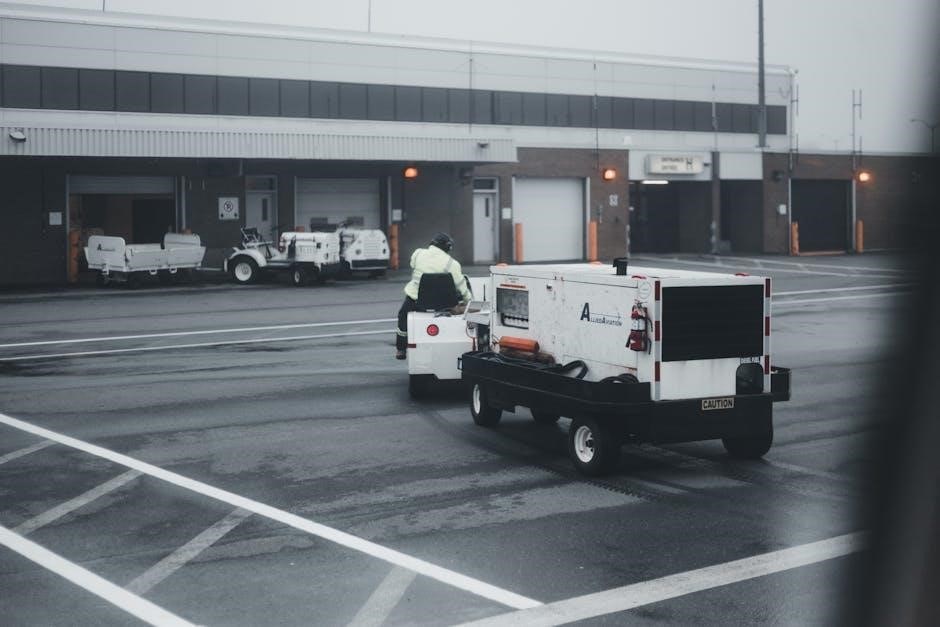
Annual Inspection Requirements
The Maine Motor Vehicle Inspection Manual outlines annual inspection requirements, focusing on safety checks and emissions testing to ensure vehicles meet state standards and environmental compliance.
3.1 Vehicles Subject to Inspection
All motor vehicles registered in Maine, including trailers and semitrailers engaged in interstate commerce, are subject to annual inspections. These inspections ensure compliance with federal safety and environmental standards, focusing on roadworthiness and emissions. The Maine Inspection Manual details specific requirements for each vehicle type to maintain public safety and reduce accidents caused by faulty vehicles.
3.2 Frequency of Inspections

Motor vehicles registered in Maine must undergo an annual safety inspection to ensure compliance with state standards. Inspections are mandatory at least once per year, with owners having the option to inspect their vehicles more frequently if desired. Trailers and semitrailers engaged in interstate commerce also require annual inspections. The Maine Inspection Manual outlines the specific frequency and requirements for all vehicle types.

Inspection Process and Standards
The Maine Inspection Manual ensures vehicles meet both safety and environmental standards. It provides detailed guidelines for annual inspections, covering brakes, emissions, and lighting systems.
4.1 Safety Standards for Vehicles
The Maine Inspection Manual sets strict safety standards for vehicles, focusing on brakes, tires, lights, and steering. It ensures all components are in good working condition to prevent accidents. The manual emphasizes thorough inspection of critical systems, providing detailed criteria for approval. This ensures vehicles meet essential safety requirements, reducing risks on Maine’s roads while maintaining public safety standards effectively.
4.2 Environmental Protection Standards
The Maine Inspection Manual includes strict environmental standards to reduce emissions and promote eco-friendly vehicle operation. Inspections focus on emissions control systems, catalytic converters, and exhaust components to ensure compliance with federal and state regulations. Regular checks help maintain air quality by identifying and addressing potential pollution sources, aligning with Maine’s commitment to environmental protection and sustainability through effective vehicle emissions control;
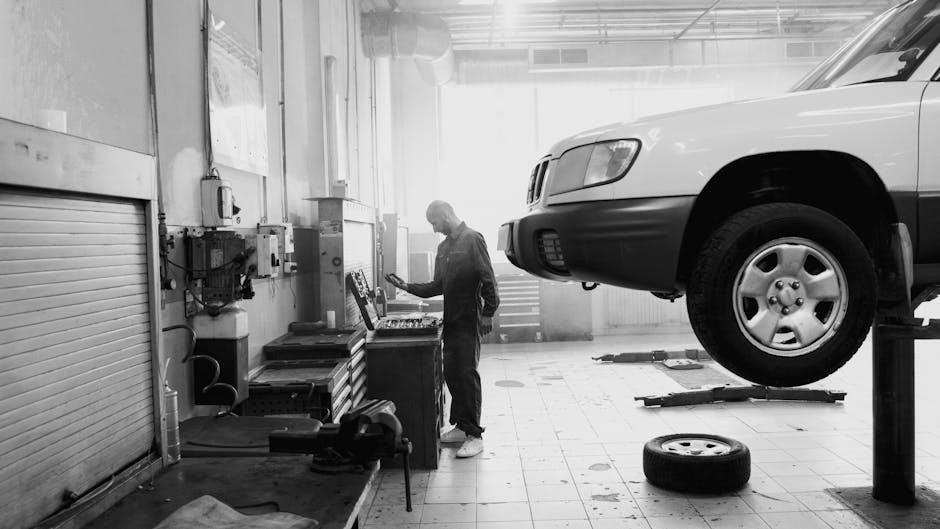
Tools and Resources
Inspection stations must have repair manuals, reference guides, and tools necessary to conduct inspections for all vehicles they are licensed to inspect, ensuring compliance with state standards.
5.1 Required Tools for Inspection Stations
Inspection stations must equip themselves with brake testers, suspension testers, emissions testing equipment, and other specialized tools to ensure accurate assessments of vehicle safety and compliance with state standards.
5.2 Reference Manuals and Guides
The Maine Motor Vehicle Inspection Manual serves as the primary reference for inspection standards, including federal safety and emissions guidelines. It provides detailed procedures for evaluating vehicle components and ensures compliance with state and environmental regulations. The manual is regularly updated to reflect current standards and is available in digital formats for easy access by inspection stations and technicians.
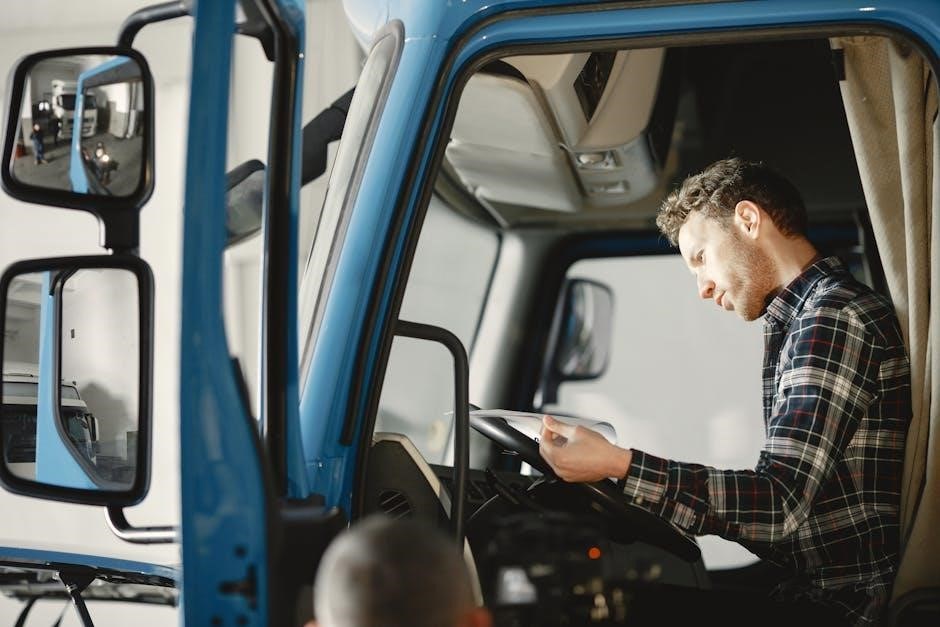
The Maine Motor Vehicle Inspection Manual
The Maine Motor Vehicle Inspection Manual is a comprehensive document outlining rules, standards, and procedures for vehicle inspections, ensuring compliance with state safety and environmental regulations.
6.1 Structure and Content
The Maine Motor Vehicle Inspection Manual is structured into clear units and chapters, detailing inspection procedures, safety standards, and environmental requirements. It includes reference guides and updated rules, ensuring compliance with state regulations. The manual is divided into sections like Unit 1 and Chapter 15, focusing on vehicle examinations and necessary tools for inspections. Regular updates ensure the manual reflects current standards and technological advancements in vehicle safety.
6.2 Updates and Revisions
The Maine Motor Vehicle Inspection Manual undergoes periodic revisions to reflect updated safety standards, environmental regulations, and technological advancements. These updates are led by the Maine State Police and include input from industry experts. The manual is adapted to address emerging vehicle technologies and ensure inspections remain effective. Revisions are published online, ensuring accessibility for inspection stations and technicians across the state.

Inspection Sticker and Documentation
The inspection sticker serves as official proof of a passed inspection, while detailed documentation ensures compliance and accountability for both vehicles and inspection stations statewide.
7.1 Inspection Sticker Requirements
An official inspection sticker is issued upon passing the annual inspection and must be prominently displayed on the vehicle’s windshield. The sticker serves as proof of compliance with state safety and environmental standards. Inspection stations are responsible for affixing the sticker correctly, and motorists must ensure it remains legible. The Maine Motor Vehicle Inspection Unit regulates sticker issuance and enforces compliance statewide.
7.2 Record-Keeping and Reporting
Inspection stations must maintain detailed records of all inspections, including vehicle identification, inspection results, and technician certification numbers. These records must be retained for at least two years and made available for review by state authorities. The Maine Motor Vehicle Inspection Unit requires annual reporting to ensure compliance with safety and environmental standards, and digital systems are increasingly used for efficient record management and auditing purposes.
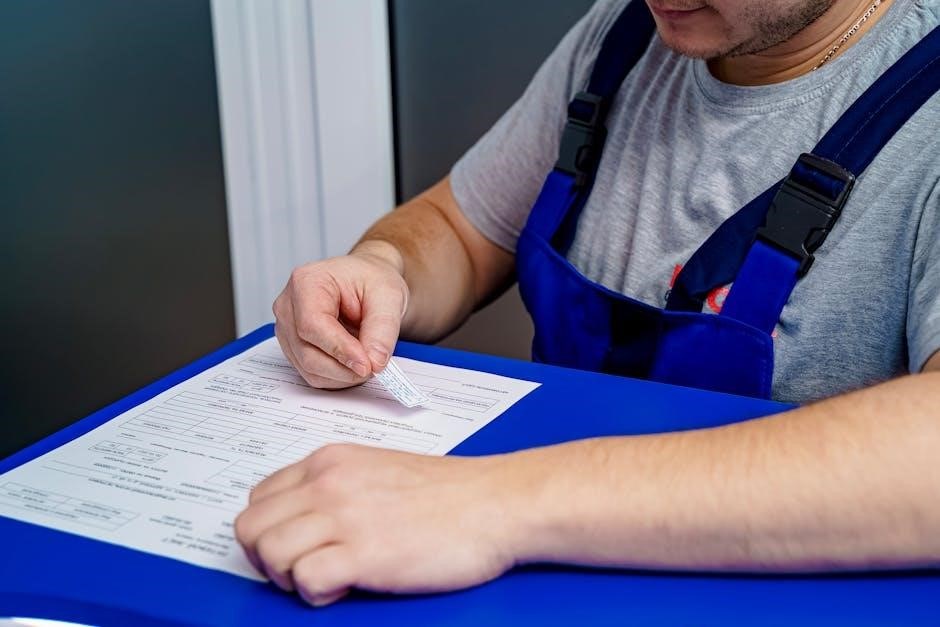
Inspection Process
The inspection process involves a thorough pre-inspection checklist, a step-by-step evaluation of vehicle components, and clear procedures for addressing failures or required repairs, as outlined in the 231-page manual.
8.1 Pre-Inspection Checklist
The pre-inspection checklist ensures a systematic approach, beginning with verifying vehicle documentation and history. Technicians check tires, brakes, lights, and fluid levels before proceeding with detailed inspections, ensuring compliance with state standards and efficient identification of potential issues early in the process.
8.2 Step-by-Step Inspection Procedure
The step-by-step inspection procedure ensures compliance with state safety standards. Technicians systematically examine exterior and interior components, including brakes, suspension, and lighting systems. They also inspect under the hood, checking fluids, belts, and emissions systems. Each step is documented, and any defects are noted for repair before issuing a passing sticker, ensuring vehicles meet Maine’s rigorous safety and environmental requirements.
8.3 Handling Failures and Re-Inspections
If a vehicle fails inspection, the technician documents all defects and provides a detailed report to the owner. Repairs must be made by a certified technician, and a re-inspection is required within 30 days. The inspection station must maintain records of failures and re-inspections, ensuring compliance with state standards. Re-inspections are conducted at no additional cost if done within the specified timeframe.
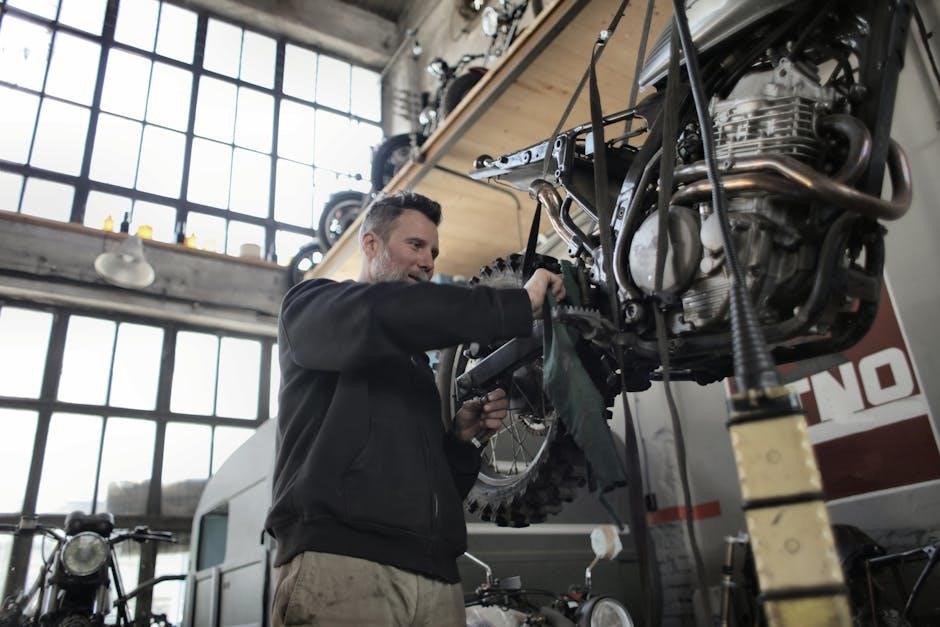
Future of Vehicle Inspections in Maine
Maine’s inspection program is exploring electronic systems and updated standards to enhance efficiency, accuracy, and compliance, ensuring safer and environmentally friendly vehicles in the future.
9.1 Proposed Changes and Updates
Maine is considering updates to its inspection program, including a proposed fee increase to fund an electronic inspection system. This system aims to modernize the process, improve accuracy, and streamline record-keeping. Additionally, there are discussions about enhancing safety and environmental standards to align with evolving vehicle technologies and state priorities, ensuring inspections remain effective while addressing public concerns about cost and efficiency.
9.2 Technological Advancements in Inspections
Maine is embracing technological advancements to enhance its inspection process. A new electronic inspection system is being implemented to improve accuracy and efficiency. Digital tools, such as electronic record-keeping and real-time data analysis, are expected to streamline inspections. Additionally, advancements in vehicle diagnostics and AI-driven inspection tools may soon be integrated, offering a faster and more precise evaluation process for modern vehicles.
